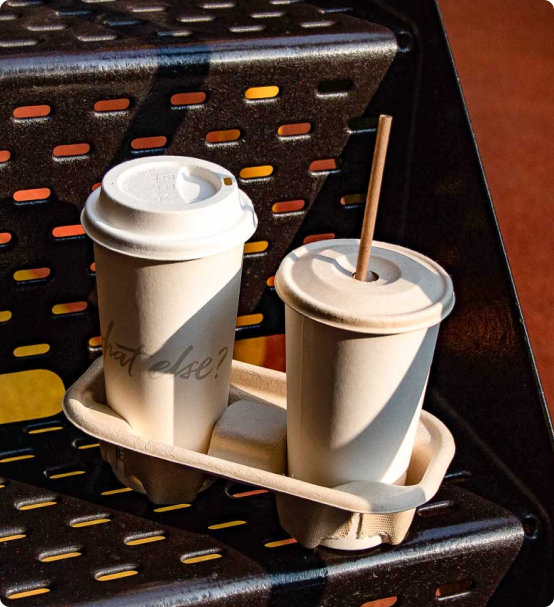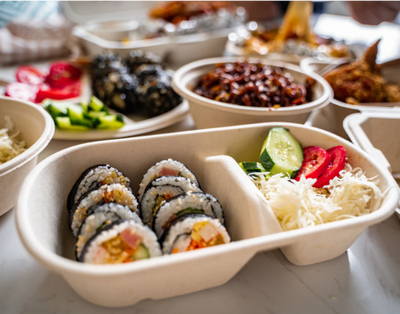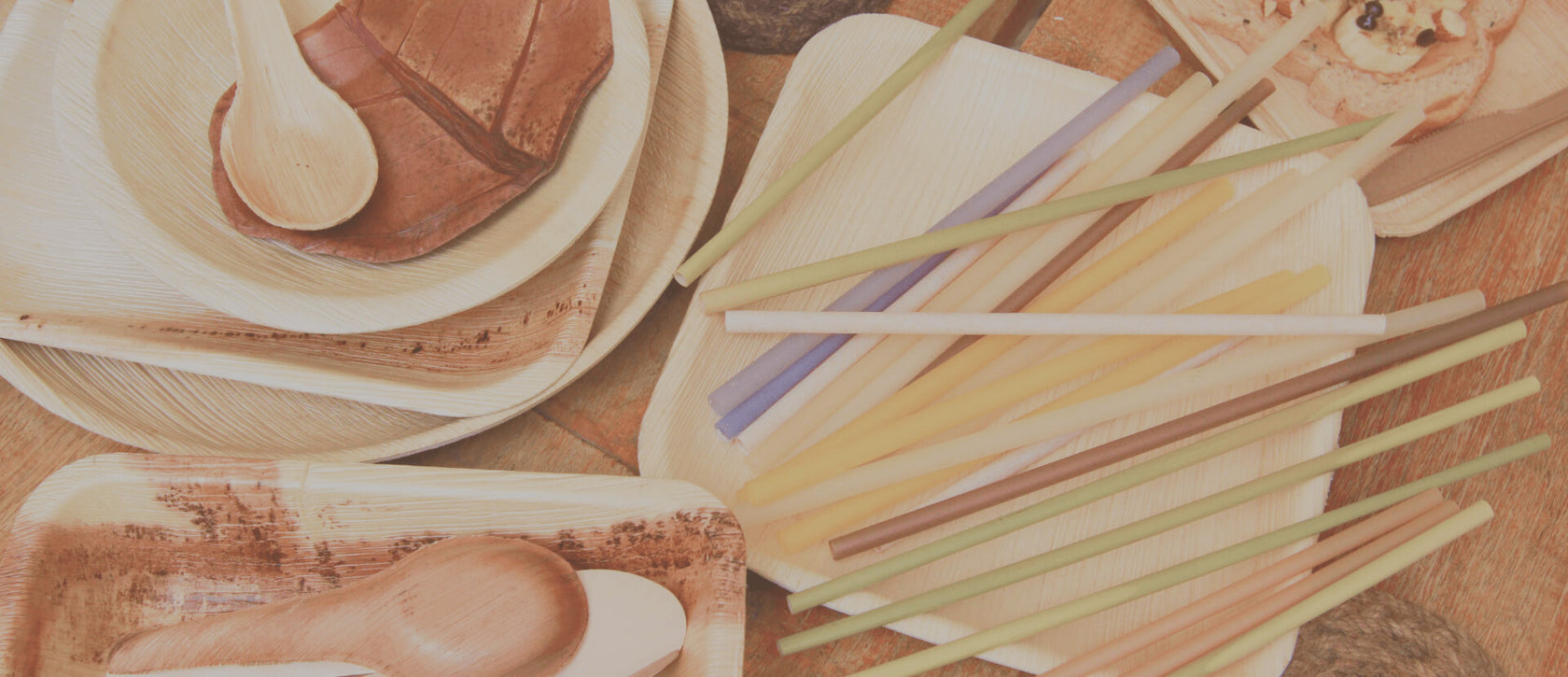Your morning coffee might feel like a small ritual—grab a cup, take a sip, and start the day. But behind every disposable coffee cup lies a hidden environmental cost. From the trees harvested to make its paperboard, to the plastic lining that renders it nearly impossible to recycle, that cup carries a carbon footprint much larger than most of us realize.
In fact, billions of single-use coffee cups are discarded each year, contributing to deforestation, greenhouse gas emissions, and overflowing landfills. The good news? One simple swap—a reusable coffee cup—can dramatically reduce your impact.
This article breaks down the true cost of your disposable cup and explains why switching to reusables is one of the most powerful everyday changes you can make.
Deconstructing the Disposable Cup
At first glance, a paper coffee cup looks harmless—just paper, right? Unfortunately, it’s far more complicated.
The lifecycle of a disposable coffee cup includes:
-
Tree Harvesting – Millions of trees are cut down each year to produce the paperboard used in coffee cups. This deforestation not only reduces carbon-absorbing forests but also disrupts ecosystems and biodiversity.
-
Plastic Lining – To make the cup waterproof, manufacturers coat the paper with a thin layer of polyethylene plastic. While this protects against leaks, it also makes the cup nearly impossible to recycle. Only specialized facilities can separate the layers, and fewer than 1% of cups actually get processed this way.
-
Manufacturing Energy – Production involves high energy and water use, further adding to the cup’s carbon footprint.
-
Transportation Emissions – Billions of cups must be shipped from factories to coffee shops worldwide, burning fossil fuels along the way.
All told, a single disposable cup may only be used for 15 minutes—but its environmental legacy lasts centuries.
The Landfill Problem
Once you toss that cup, the story doesn’t end—it gets worse.
-
Non-Recyclable Reality: Because of the plastic lining, most disposable cups end up in landfills or incinerators, even if you place them in a recycling bin.
-
Slow Breakdown: The paper portion may eventually decompose, but the plastic lining lingers for hundreds of years.
-
Methane Emissions: As the organic paperboard decays in landfills without oxygen, it produces methane gas, a greenhouse gas over 25 times more potent than carbon dioxide.
-
Overflowing Waste: Globally, we throw away an estimated 250 to 300 billion coffee cups annually. That’s enough to circle the Earth hundreds of times if lined up end to end.
This isn’t just a waste issue—it’s a climate issue. Each discarded cup represents lost resources, wasted energy, and avoidable emissions.
The Impact of Reusables 🌍
Switching to a reusable coffee cup may feel small, but its impact is huge.
Here’s what the numbers show:
-
Using a reusable cup for just a few months offsets the environmental cost of its production.
-
Over its lifespan, a reusable cup can replace hundreds, if not thousands, of disposable cups.
-
Reusables cut down on the demand for tree harvesting, plastic production, and the fossil fuels needed for manufacturing and transport.
-
They also reduce landfill waste and methane emissions.
For example, if a daily coffee drinker uses a reusable cup for one year, they could prevent over 300 disposable cups from entering the waste stream. Multiply that by millions of people, and the difference becomes staggering.
Reusable cups aren’t just sustainable—they’re also cost-effective. Many cafés now offer discounts when you bring your own, making it a win-win for both your wallet and the planet.
Beyond the Cup: Other Ways to Shrink Your Coffee Footprint
While reusables are a great starting point, there are other ways to make your coffee habit more eco-friendly.
-
Eco-Friendly Straws
Skip plastic straws entirely, or opt for compostable alternatives. Brands like EQUO offer straws made from natural materials like coffee grounds, rice, and sugarcane—sturdy, stylish, and 100% compostable. -
Brew at Home
Brewing coffee at home in a French press, pour-over, or reusable pod system reduces packaging waste and transportation emissions. -
Choose Sustainable Beans
Look for coffee labeled Fair Trade, Rainforest Alliance, or organic, which ensures better farming practices that protect ecosystems and workers. -
Compost Your Grounds
Coffee grounds are rich in nitrogen and make excellent compost material for gardens. Instead of tossing them, put them back into the earth.
By combining reusables with mindful sourcing and waste reduction, you can turn your daily cup into a more sustainable ritual.
Making the Easy Switch ☕✨
If you’ve never used a reusable coffee cup, the idea might sound inconvenient. But in reality, it’s one of the easiest sustainability swaps you can make.
Here’s how to get started:
-
Pick a cup you love: Choose a reusable that’s practical, lightweight, and suits your style. From stainless steel tumblers to bamboo travel mugs, there are endless options.
-
Keep it with you: Leave it in your bag, car, or at the office so you always have it on hand.
-
Use café discounts: Many coffee shops offer savings when you bring your own cup—bonus motivation to remember it.
-
Build the habit: Like carrying a reusable tote, it becomes second nature after a few weeks.
Think of your reusable coffee cup as more than just a container—it’s a statement piece. Each time you hand it over at the counter, you’re sending a signal: you care about the planet, and you’re part of a growing movement of eco-conscious coffee drinkers.
Conclusion
The carbon footprint of your coffee cup is bigger than most of us realize. From deforestation and energy use to landfill waste and methane emissions, disposable cups represent a system of unsustainable convenience.
But there’s a simple, powerful solution within reach: reusable coffee cups. By making this one small change, you can significantly reduce your personal impact, save money, and inspire others to do the same.
And it doesn’t stop at the cup. Pair it with compostable straws from EQUO, sustainable beans, and mindful brewing practices, and your coffee ritual becomes a model of everyday sustainability.
Because the best part of your morning coffee isn’t just the caffeine—it’s knowing that with every sip, you’re making a difference.


